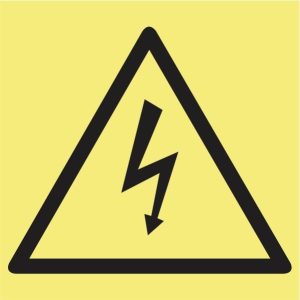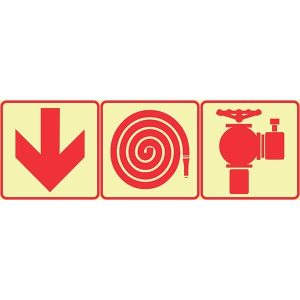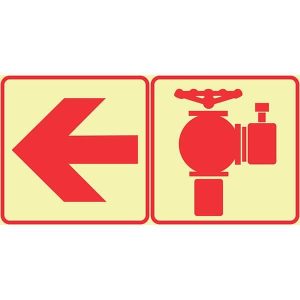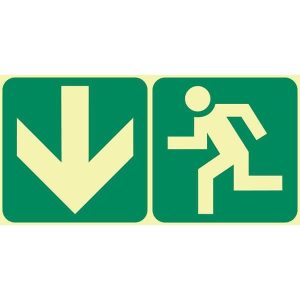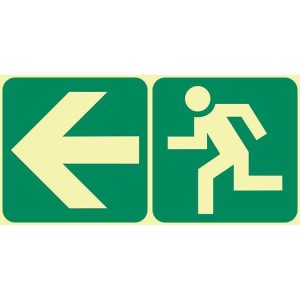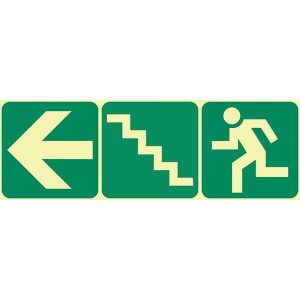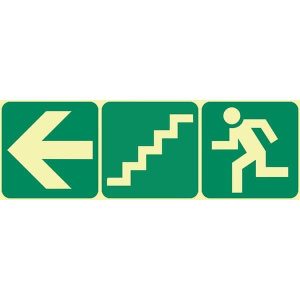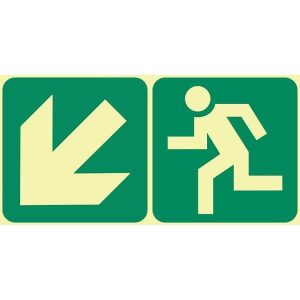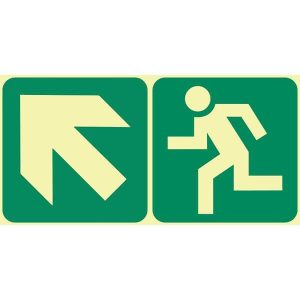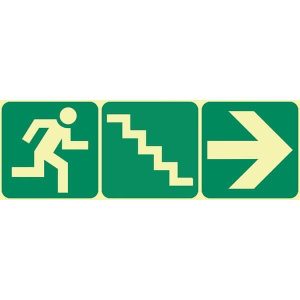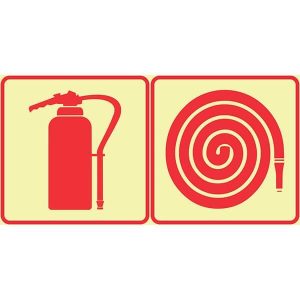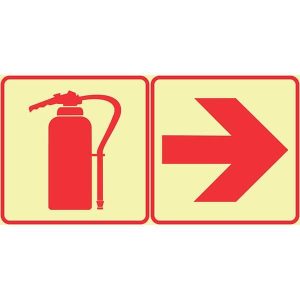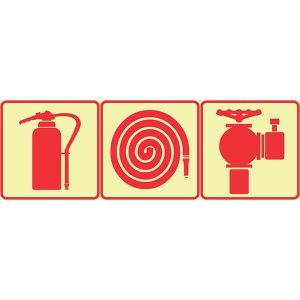Make you safety signage viewable even at Night time.
Photoluminescent Safety Signs are vital in minimising risk in the event of power failure where regular lighting goes out. These signs constantly recharge in ambient light (artificial and natural), so they continue to glow brightly in the dark. This also helps providing essential messages and wayfinding for all personnel.
It is particularly important for those working offshore, or in marine environments, that the correct grade of photoluminescent material is used.
Our safety signs are made with the best quality materials, for more safety signage options have a look at our other safety sigs.
Photoluminescent Signs
Showing 1–20 of 65 results
Photoluminescent safety signs, often referred to as glow-in-the-dark or luminous safety signs, are designed to provide important safety information even in low-light or dark conditions. These signs are essential for ensuring that emergency instructions and safety guidance are visible when lighting is compromised. Here are some frequently asked questions (FAQ) about photoluminescent safety signs:
Regular maintenance and testing of photoluminescent safety signs are essential to ensure they continue to function properly. Testing may involve exposing the signs to light sources to recharge them and checking their glow-in-the-dark performance.
The lifespan of photoluminescent safety signs can vary based on the quality of materials used. High-quality signs can have a long lifespan, often exceeding 10 years or more.
Yes, photoluminescent safety signs can be customized with specific text, symbols, and designs to meet the unique safety and branding requirements of a particular environment.
Yes, photoluminescent safety signs are regulated by national or international standards and building codes. These standards ensure consistency in design and performance.
Photoluminescent safety signs are commonly used in a variety of environments, including commercial buildings, public facilities, industrial facilities, schools, hospitals, and transportation hubs.
The benefits of photoluminescent safety signs include increased visibility in low-light or dark conditions, improved emergency response, reduced panic during evacuations, and decreased reliance on electric power for illumination.
Photoluminescent safety signs work by using materials that can absorb and store light energy, such as natural or artificial light. When the lighting conditions dim or fail, these signs emit a visible glow, ensuring that safety instructions are still visible.
Common examples of photoluminescent safety signs include exit signs, fire exit signs, emergency evacuation route signs, “No Entry,” “Fire Alarm,” “First Aid,” and “Safety Equipment.”
Photoluminescent safety signs are signs that are designed to absorb and store light energy during the day and then emit it as a glow in the dark. Their primary function is to provide critical safety information in low-light or dark conditions, such as during power outages or fires.




